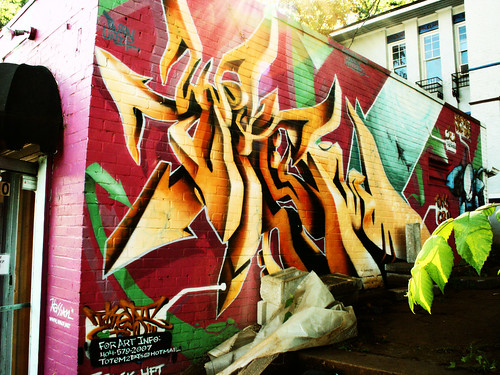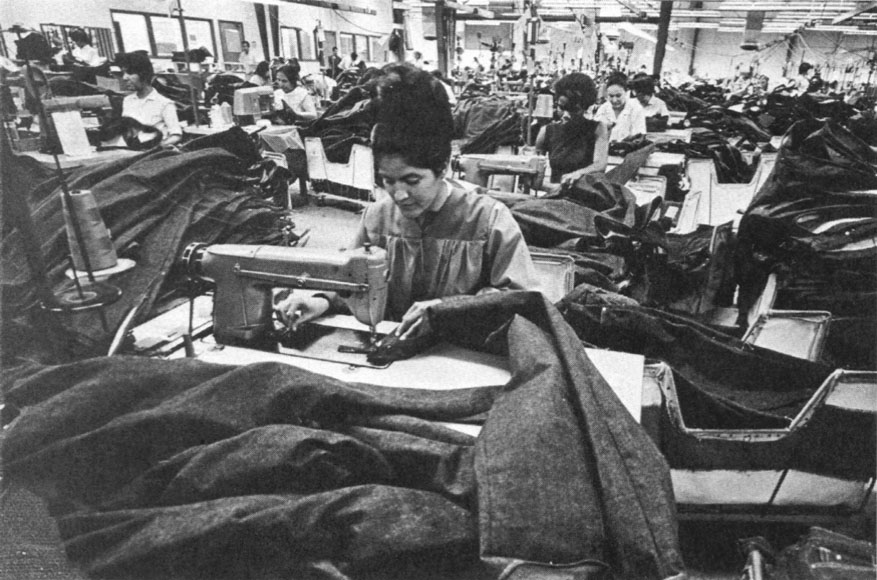
The Cradle to Grave Legacy
THE INDUSTRIAL REVOLUTION OF THE LAST TWO CENTURIES CHANGED THE WORLD IN DRAMATIC WAYS. For all the good that came with the this, its unintended negative consequences are becoming more obvious all the time.
•Pollution of air, water, and soil from billions of pounds of waste
•Tons of valuable materials lost each year to incineration or landfills
•Production of highly dangerous and persistent materials
•Reduction of nature's capacity to maintain healthy, fertile ecosystems.
The Industrial Revolution is built on a linear, take-make-waste model of material flows. Its productive output is in a cradle-to-grave system. The endpoint for the vast majority of materials used by industry is our
material graveyards: landfills and incinerators.

Cradle to Cradle Design
Is an industrial system that:
•Purifies air, water, and soil
•Retains valuable materials for continuous, productive re-use
•Requires no regulation
•Enhances nature's capacity to thrive
•Grows health, wealth, and useful resources
Such a system, modeled on the natural world's abundance, can solve rather than just manage the problems industry currently creates, allowing both business and nature to thrive and grow.
Material Flows
Just as in natural systems one organism's 'waste' becomes nutrients for another, the cradle-to-cradle model utilizes effective nutrient cycles in the realm of human industry. The cradle-to-cradle model recognizes two metabolisms within which materials flow as healthy nutrients.
Biological Metabolism
Example: Upholstery Fabric
Upholstery fabrics, which wear out with use, can be comprised of biological nutrients that can be returned to ecosystems after use.
Technical Metabolism
Example: Batteries
Old batteries are sent to secondary lead smelters where the material value of the lead, plastic and the acid is recovered for use in new batteries. Over 95% of all lead and plastic from recovered car batteries is recycled, making them the most recycled consumer product in the U.S.
References: www.greenblue.org www.worldchanging.com

















































